Community resources
Community resources
Community resources
Before you build that Software Product
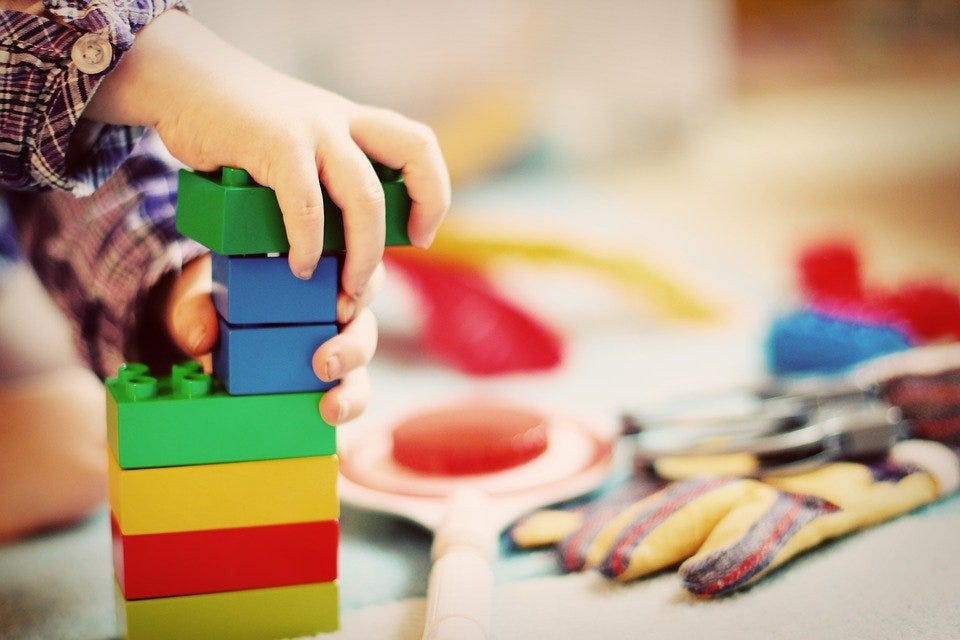
Building and maintaining software products can be very expensive and time demanding, especially when you alone do not have all the skills required to bring the product to life which is almost not possible.
According to Quora, around 90% of new software products fail and according to clerity.com, Agile(https://www.wrike.com/project-management-guide/faq/what-is-agile-methodology-in-project-management/) projects: only 60% are successful, the remaining 40% are failures or challenged.
From the study, it is easy to deduct that Agile processes can save up to 30% of products and make them succeed.
I believe no one wants to invest resources into a project only to face failure sooner or later. So how do you make sure that your software products do not fail?
Before embarking on any software product journey, here are proven steps to take that will save you and your team from wasting your resources;
- Identify the problem and align it with business goals: Developers have a habit of building software products just to prove they can build cool stuff especially when they are still starting out. I was once like this too(smiles..). They grow with this habit even when they have become good with their skills. This method will not work in real life except you want to run a charity organization. A product that will survive in the market must be solving a real problem and must meet a business goal. You should have a business developer on the ground who will develop a feasible business model for the goals you have for the product.
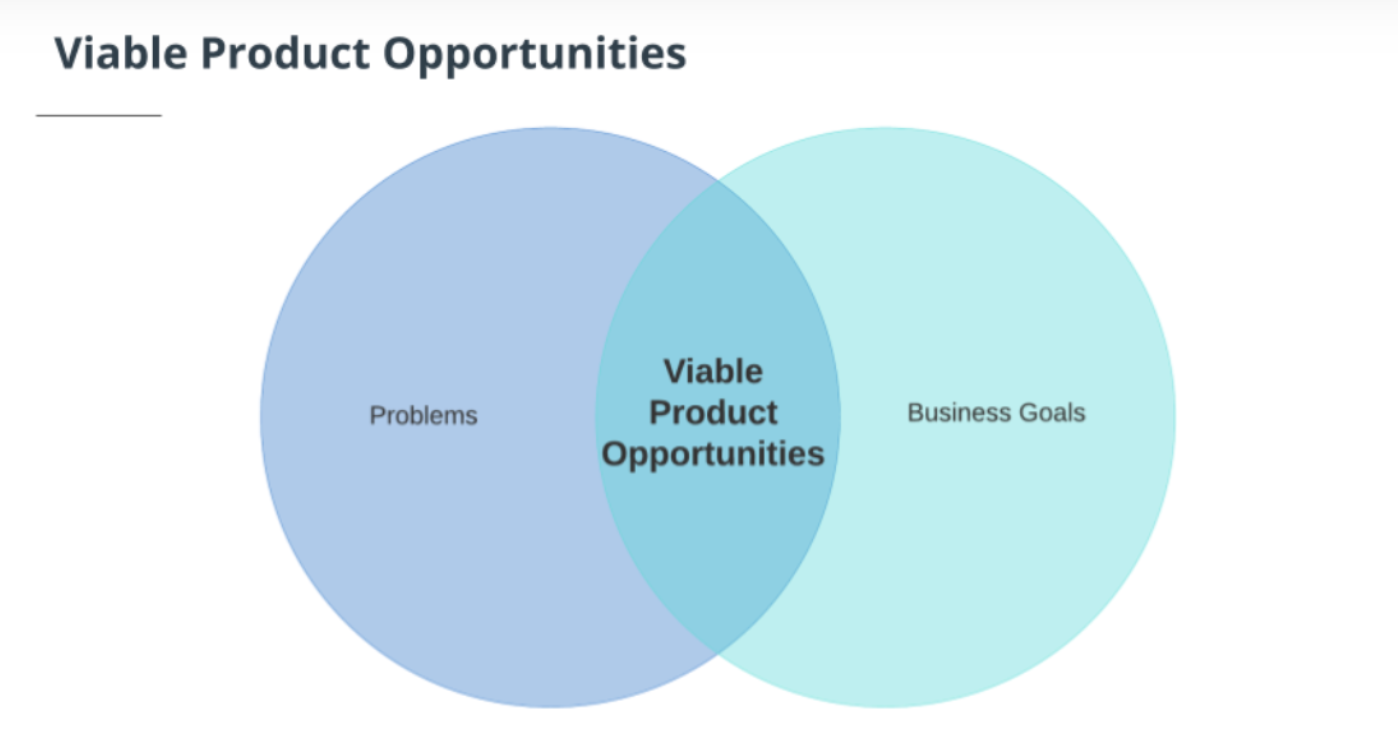
2. Identify and study your target User and Market: Understanding your target user is very important because it makes it very clear who you are building the product for. Remember, if you do not meet the needs of your users, you are not solving problems and you know the rest of the story.
To understand target user more, take a look at the image below;
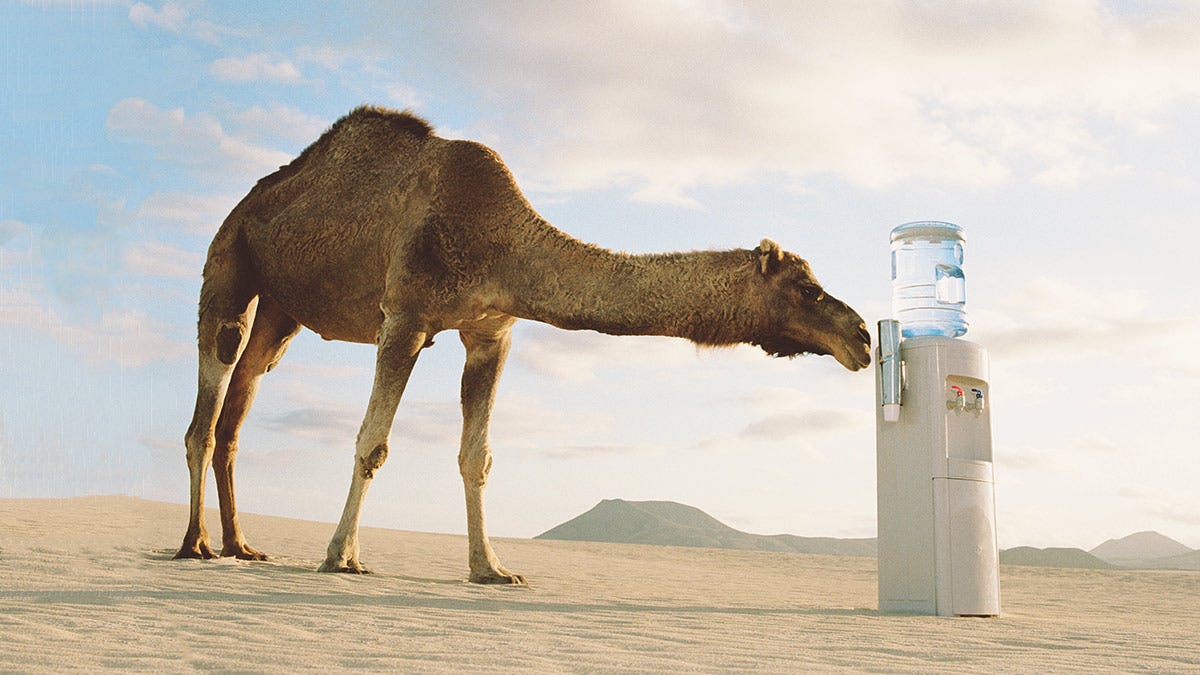
The producer of this water dispenser has taken time to design this dispenser for the Camel without taking time to study the user because there’s no way the Camel would be able to drink from this machine, which means the product is a waste and a failure already. One thing that can help you identify your target users is data; conduct researches, interviews, focus groups, etc.
“You can change everything in your startup except the market. So spend a lot of time upfront to make sure you’ve thought through the market” — Sam Altman
3. Work with a cross-functional and agile team: Years back, after I worked with a cross-functional team for the first time as a developer, I found it difficult to work without one, especially a UI/UX designer. There is this relief that comes when you know you have different people handling different areas, I ain’t saying you must have the most robust team for your product to be successful but make sure you have a Product Manager, Business developer, Designer, Software Developers, Testers and then marketers. This is the most general setup and very important members to have in your team.
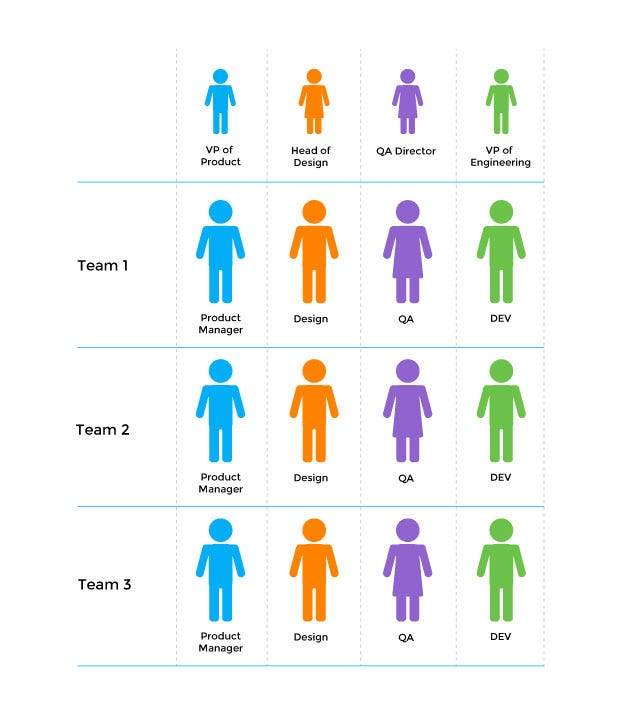
Undergo a design sprint, develop and validate a prototype
This is the last process to undergo before you start building your product.
“A Design Sprint is a time-constrained process that uses design thinking with the aim of reducing the risk when bringing a new product, service or a feature to the market.” — Wikipedia
A Design Sprint allows you to relatively quickly explore new ideas and validate them. They work best when the sprint team is composed of cross-functional members.
Design sprint will save you lots of time and resources by letting you know if you should continue with the product or not. By the end of a design sprint, you should have a design prototype that you can use to conduct user interviews and market research. so by the time you’re done with all these, if the prototype is validated, you can continue with building the product. I will save the details of the different phases for another article in case you don’t fully understand it.
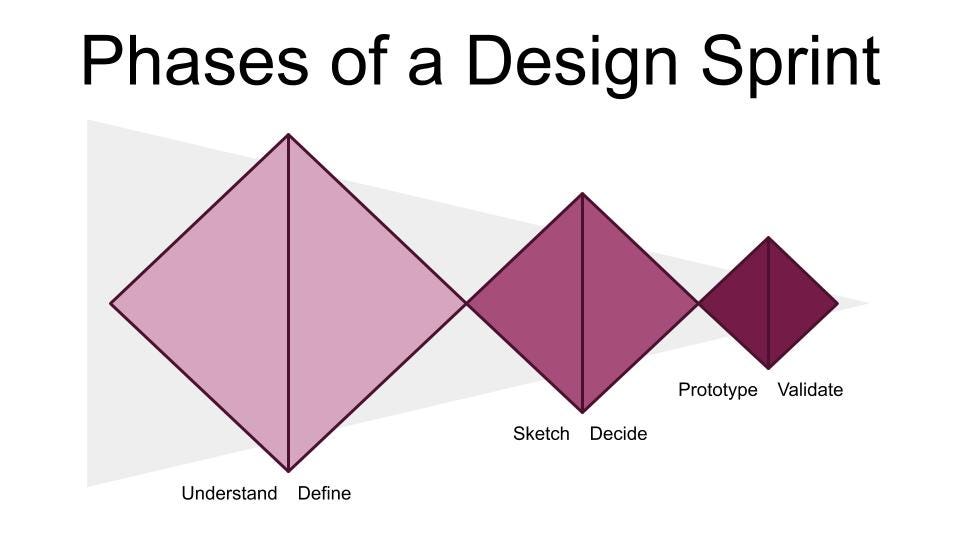
What happens after a Design Sprint? It really depends… But here are a few possibilities
- More testing and iteration
- The concept will go to Design to be more fully fleshed out
- The concept will go to Engineering to build
- Make a case with leadership to invest more resources in bringing the concept to market
- The concept is abandoned because it doesn’t address a user need
- and lots more
Explore this prototype example for a messaging app below by justinmind.com to fully understand how it works;
Thanks for taking out your time to read this article.
I remain Gloria Ojukwu, Product Manager, and Software Developer.
If you want to consult me personally for any questions or any of your products, feel free to connect with me on LinkedIn.
Was this helpful?
Thanks!
Gloria Ojukwu
About this author
Product/Project Manager| Atlassian Lover I Community Builder
Phreetech
Nigeria
5 accepted answers
3 comments